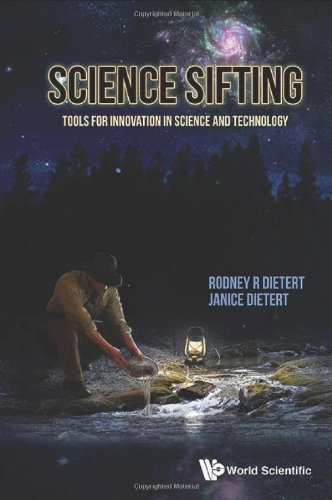

Most ebook files are in PDF format, so you can easily read them using various software such as Foxit Reader or directly on the Google Chrome browser.
Some ebook files are released by publishers in other formats such as .awz, .mobi, .epub, .fb2, etc. You may need to install specific software to read these formats on mobile/PC, such as Calibre.
Please read the tutorial at this link: https://ebookbell.com/faq
We offer FREE conversion to the popular formats you request; however, this may take some time. Therefore, right after payment, please email us, and we will try to provide the service as quickly as possible.
For some exceptional file formats or broken links (if any), please refrain from opening any disputes. Instead, email us first, and we will try to assist within a maximum of 6 hours.
EbookBell Team

4.0
96 reviewsThe book describes why the capacity to access and integrate both linear and nonlinear information has been an important historic feature of pivotal scientific breakthroughs. Yet, it is a process that our students are rarely, if ever, taught in universities. This book goes beyond simply describing the features of great scientific breakthroughs. It discusses the basis for accessing and using nonlinear information in the linear research context. It also provides a series of tools and exercises that can be used to enhance access to nonlinear information for application to research and other endeavors.
Topics covered include focal points in scientific breakthroughs, the use of concepts maps in research, use of different vantage points, information as patterns, fractals for the scientist, memory storage and access points, and synchronicities. Young researchers need useful tools to help with a more holistic approach to their research careers. This book provides the useful tools to support flexibility and creativity across a long-term research career.
Readership: Professional scientists, students and young researchers.